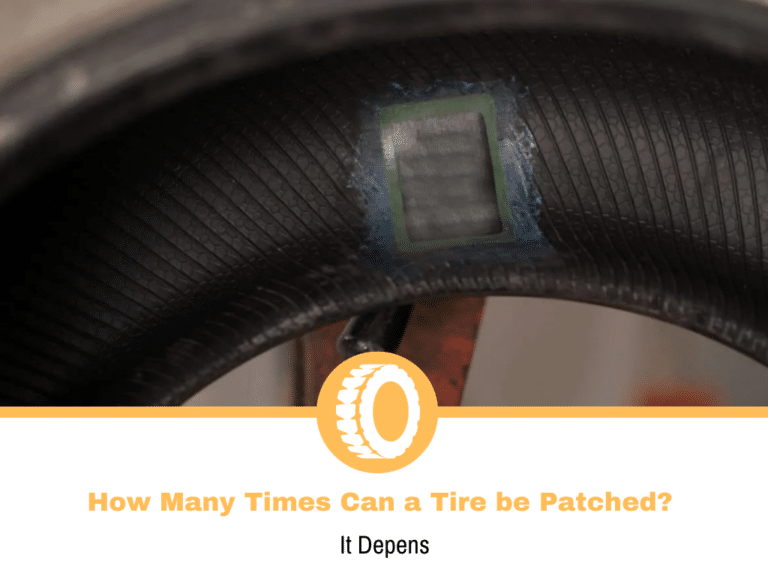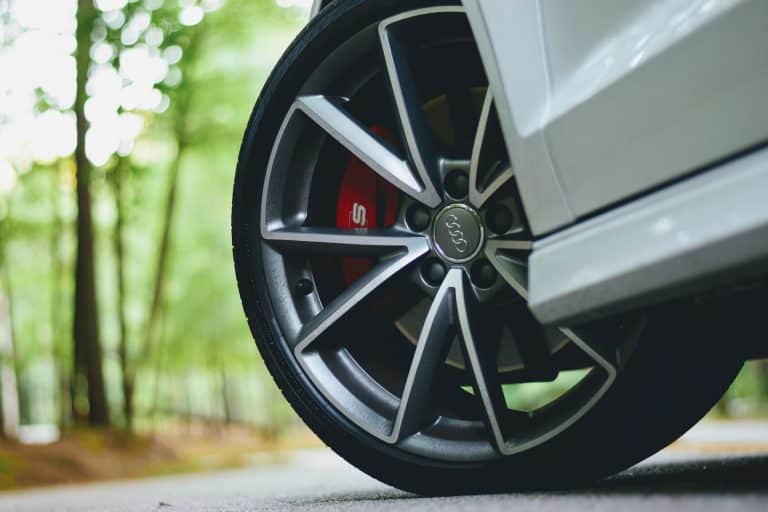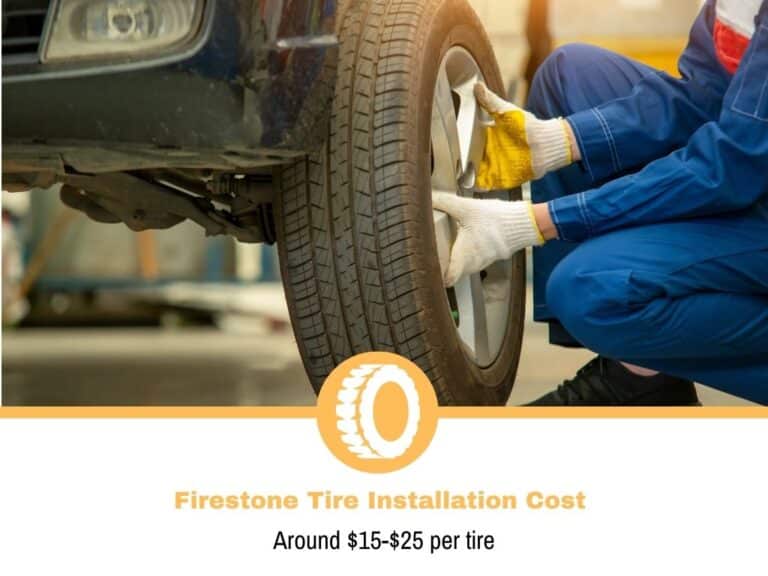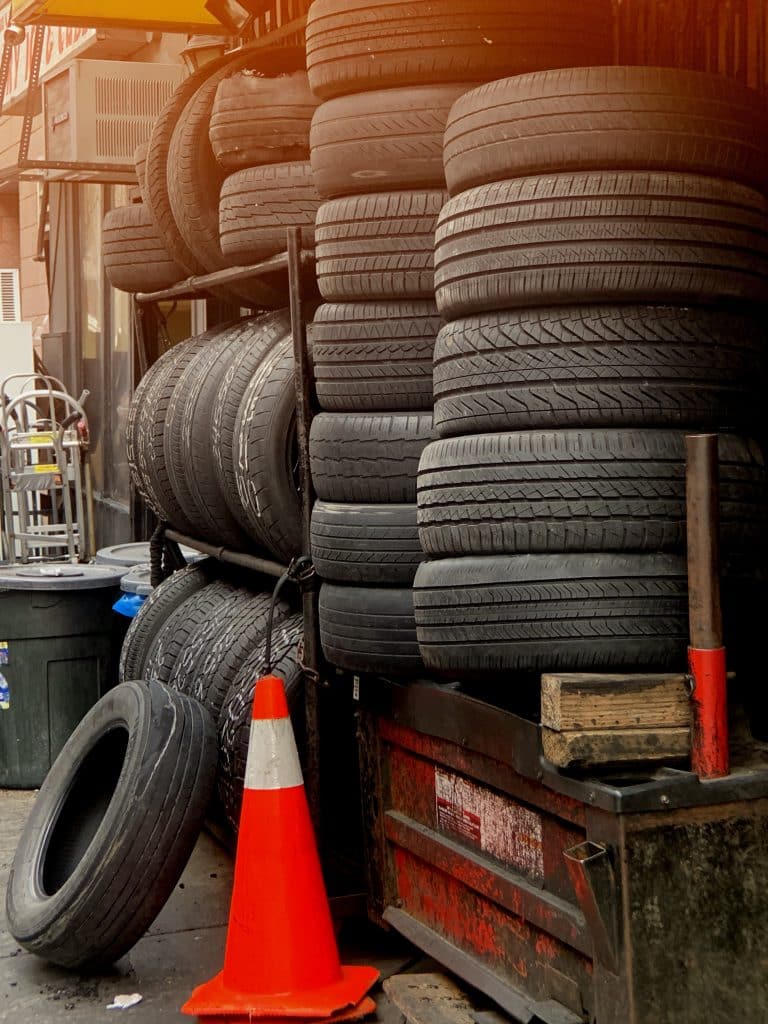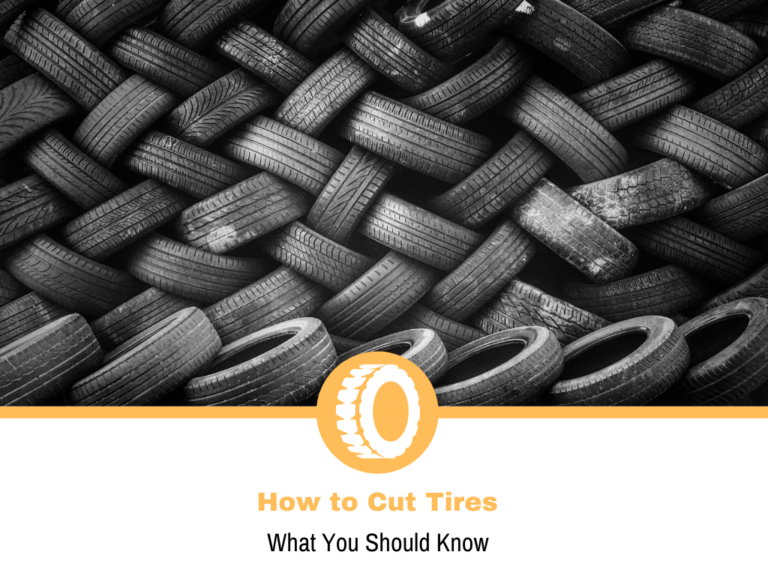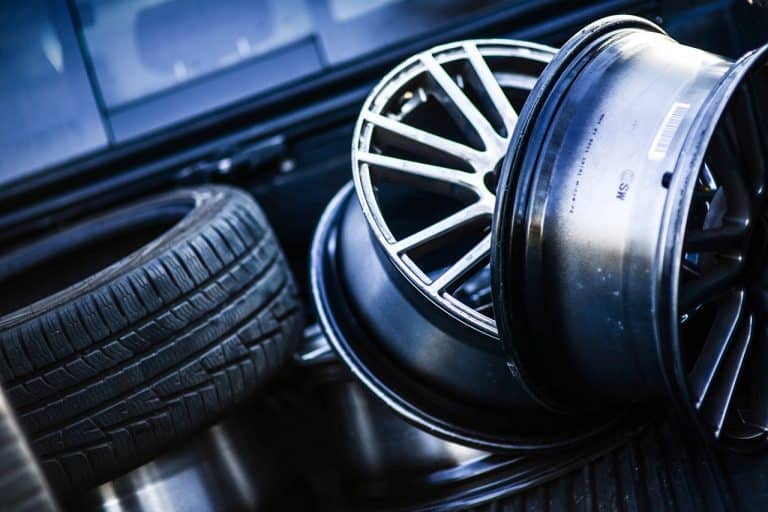P vs LT Tires: How Much Load Can They Carry?
Like most parts of any car, the tires are ones that need to be per spec. This ensures that the tires fit perfectly and perform per the manufacturer’s requirements.
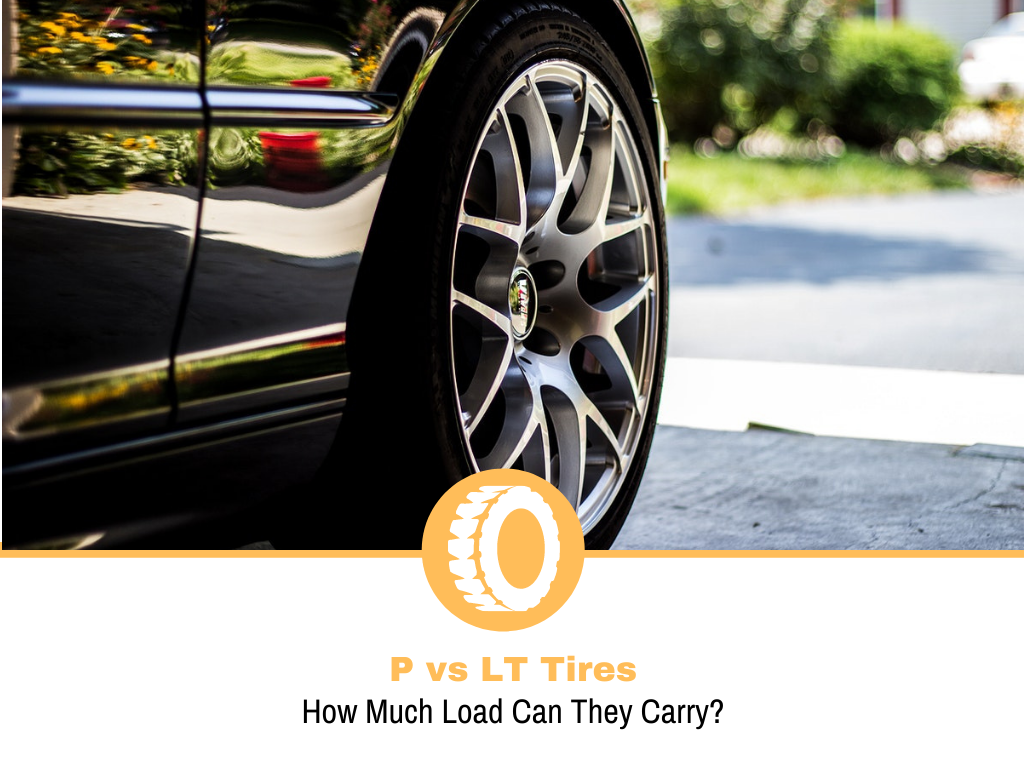
If you’ve ever purchased a tire yourself or looked at the sidewall, you probably noticed that there are specific markings. They cover the width, diameter, speed and load rating, etc.
Among the many marks that a tire bears are the P and LT metrics. They cover two different types of applications and features, so you’re here to learn the difference.
P vs LT Tires – The Summary
P and LT tires differ in how they perform and how much load they can take. P-Metric tires are the most comfortable option designed primarily for road use. On the other hand, LT tires are the ones you’d get if you’re hauling heavier cargo or doing some off-roading.
Index and Range
Before I dive into the nitty-gritty of the differences between P and LT tires, there are two things that you should know first, and those are load index and load rating.
While both offer similar information about a tire, they cover slightly different aspects.
The load index is the number that comes after the tire’s dimensions, and it determines the maximum safe load a tire can handle when inflated to maximum pressure. For example, a 175/70R13 82T is a tire that has a load index of 82, correlating with a load of 1047 lbs.
Load Range, on the other hand, is a slightly outdated way of measuring a tire’s durability in carrying loads, and it’s sometimes referred to as ply rating. This is from the olden days of tires, where the bias-ply model included two layers at different angles. Due to the way tires were constructed then, an even number of plies were needed, so these can range from 2 to 12 or from A to F. Not all tires will have the load range on the sidewall, so you could use the load index to determine if you got the right tire.
What Are P-Metric Tires?
P or P-Metric stands for passenger cars, meaning that these are tires you’d fit on a hatchback, sedan, minivan, CUV, SUV, or a light truck.
The internal construction of P-metric tires is “lighter,” if I may call it that. There aren’t a lot of reinforcements, so technically, the tires cannot hold a lot of weight. To be clear, these tires aren’t flimsy, but they aren’t designed for heavy vehicles.
If you’re on the market for tires designed for passenger tires, then you probably won’t see this designation. The reason for it is that all tires from this category are P-metric. While they come with different load ratings, some of which can carry the load of an SUV or even a light truck, they are not something you’d want to abuse too much.
What Are LT Tires?
LT-metric are tires designed for loads heavier than what a P-metric tire can withstand. The LT technically means light truck, so this part may seem a bit confusing. While I mentioned that P-metric tires could be fitted to light trucks, the vehicle’s weight isn’t the only consideration you should make.
Unlike the previous type of tires, the LT-metric ones have a sturdier construction and can take a beating. The internal structure of the sidewall is sturdier, so technically, they can be twice as durable as the P-metric ones.
The advantage of the reinforced sidewall is that an LT tire will have no problem carrying much greater loads. Thanks to the construction, these are tires that are very good at off-roading. A higher rating means that the tire’s sidewall can withstand some deflation, a common practice for rock crawling.
How to Determine if a Tire is P or LT?
Well, apart from looking at the markings, which is the obvious course of action, there are a few other ways.
First off, if you’re driving a passenger car, then you have P-metric tires, which isn’t something you should give much thought to. As long as the load index is per specifications from the car manufacturer, things will be all good. This is something that applies to CUVs as well because, technically, they aren’t very capable when it comes to off-roading.
SUV and light truck owners should know this because LT tires are something they may use. For these types of vehicles, the tires are usually labeled. This information is at the beginning of the tire size, so you’d have something like LT265/70R18. A P-metric tire with the same dimensions would be P265/70R18. If there’s no information stamped on the tire’s sidewall or in the specifications, then it’s definitely a P-metric one.
How to Determine What Kind of Tire I’ll Need?
Let’s assume that you picked up on the fact that passenger tires are fitted with P-metric tires, so we’ll skip those.
If we look at SUV and light truck owners, there are two options, P or LT tires, which will depend on several factors.
The first one you should consider is the specification from the manufacturer. We can argue about the performance of a tire that comes preinstalled on a car from the factory, but the load index is one thing that shouldn’t be changed. If you purchased your heavy-duty truck with LT tires, then any other set you purchase in the future should be the same.
With that said, there are some exceptions that you can make. For example, if a light truck or an SUV comes with a set of LT tires from the factory, you can get away with fitting a set of P-metric tires. With that said, things aren’t as straightforward as you may think.
The most crucial aspect to consider is the application. Vehicles that will get driven on roads only will have no problem with P-metric tires. With that said, you should consider your use cases.
If you don’t carry large loads, then you’ll have no issues, as long as the load index isn’t below the specifications. On the other hand, if the bed of your truck regularly gets loaded or you have a large trailer, then LT are the tires to look at.
A Few Things To Consider
There are several differences between P and LT tires in how they perform, and comfort is one of them. Due to the internal construction, LT tires are more durable, but that comes at a slight drawback. Being sturdier means that the ride quality will take a hit, and you will have a slightly harsher experience. To be fair, it’s not like you’ll be driving on the rims, but there is a noticeable difference.
Next up is the fuel consumption. A sturdier tire means that there is more material inside, making it heavier. You probably know that more weight on the vehicle will increase fuel consumption. This is especially noticeable with tires because, unlike the weight in the back, the engine needs to spin up heavier wheels, thus consuming more fuel. To be fair, you probably won’t see the consumption getting axed in half, but 1-2 mpg may be noticed.
Last but not least is the price. The internal construction of a tire can make all the difference, and one with more material will be more expensive.
What Is The Best Course Of Action?
Mainly, it all depends on your use case. There are situations where a P-metric tire will do the trick, but it also means that an LT one will be needed in some cases.
I know a few people who have two tires with wheels and change them depending on the scenarios. For example, an LT tire for going off-roading or carrying heavier loads and a P metric one for taking the kids to school or picking up groceries. This is an expensive option, and you’ll need to have the garage and tools to do that.
The most important thing to know is that you should never disregard the load index of the tires. Manufacturers specify a minimum, and you shouldn’t go below that. Going for a higher index won’t be a problem, but lower than the minimum can cause many issues.
